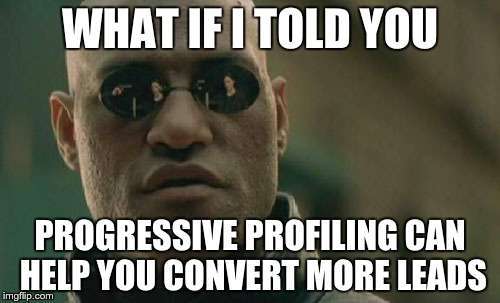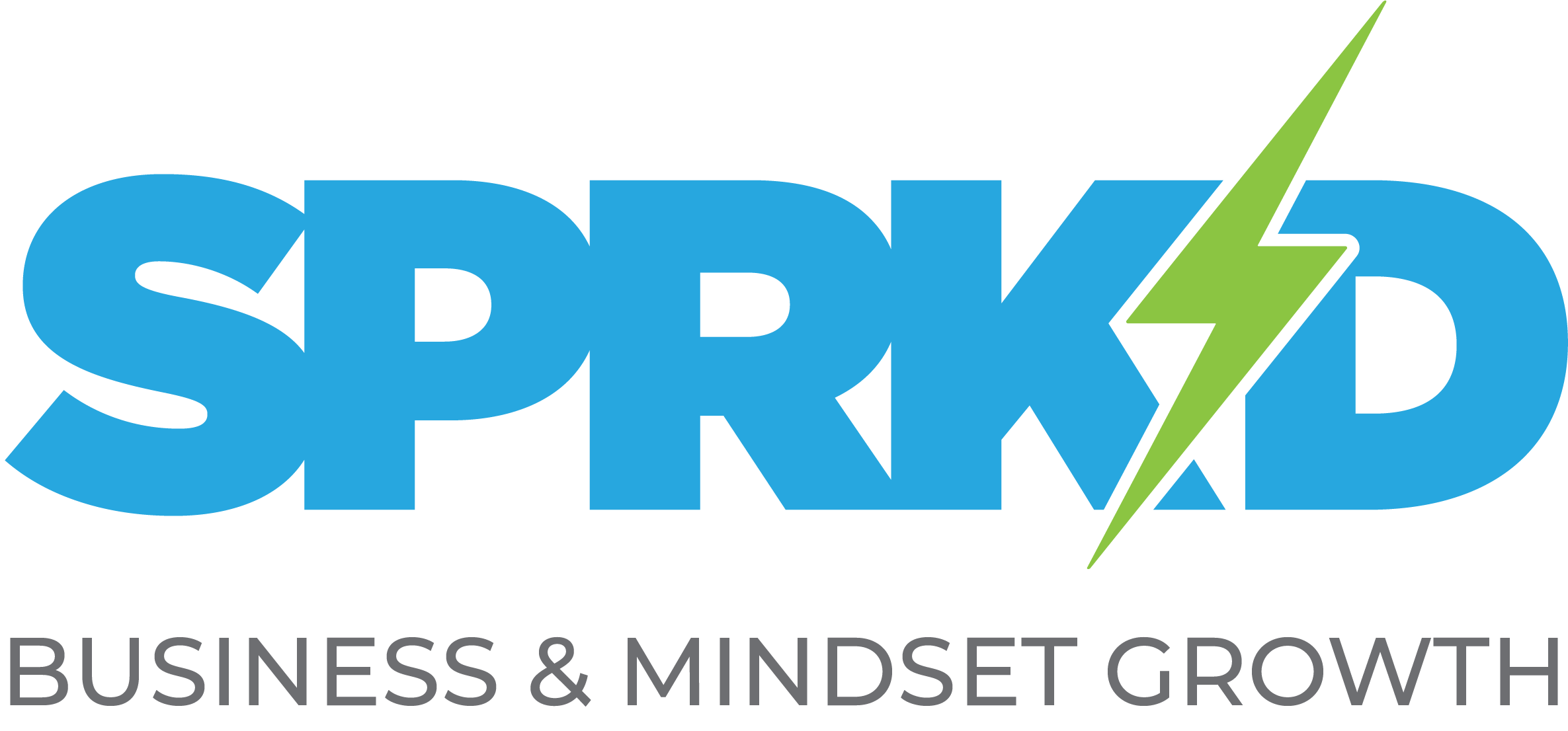Build a business you love to lead. Create the life you want.
What is progressive profiling — and why do we need it?

This is Part Two of a three-part blog series on lead nurturing strategies. Read Part One and Part Three.
One common concern we hear from our prospective clients is that they’re generating lots of leads — who don’t convert into customers. To address this issue, we’re putting together a series of blog posts that discuss the various types of lead nurturing campaigns you can use.
Part one walks you through the process of setting up an automated lead-nurturing email campaign.
Automated email campaigns may be the most popular lead nurturing tactic out there, but its effectiveness hinges on how well you can tailor your message to meet your leads’ needs.
What if I told you that you can also use marketing automation to help you get to know your leads really, really well?

Here’s why progressive profiling matters, and how you can start using it to boost your lead nurturing efforts.
What is progressive profiling?
With progressive profiling, you can customize the form fields that your site visitors see, based on what form fields they have already filled out.
For example, a visitor filling out a form on your website for the first time might see the following form fields:
- Name
- Company
- Business email address
But the next time they fill out a form, they’d be asked to provide different information:
- Location
- Role within company
In other words, you’re using iterative forms to learn more about your lead over time.
Why should we use progressive profiling?
Progressive profiling brings you the following three benefits:
1. Increase conversion rates
Your leads are less likely to complete an unnecessarily long form. But with progressive profiling, you can keep your forms short and sweet, because you don’t have to squeeze all the questions you want to ask into a single form.
You can also tailor the questions you’re asking to where your lead is in the buyer’s journey. Your leads may be deterred if you ask them to give up information they’re not yet ready to offer — for example, if you ask an awareness-stage visitor for their budget.
By saving the sales-centric questions for later, progressive profiling allows you to ask the right questions at the right times.
2. Reduce friction
Progressive profiling can help give your users a better experience on your site. If your leads are downloading many of your offers (and if your content is strong, this will happen more often than you think!), they’ll probably find it tedious to fill out the same form fields 10 times in a row. The last thing you want is to annoy a lead by giving them a poor user experience.
3. Avoid repetition
As your leads move through the marketing funnel, you want to collect more useful information that qualifies whether they are sales-ready. Progressive profiling allows you to gain fresh information about your leads over time.
What value do you gain from receiving the same information 10 times over? Every form your lead fills out is a chance for you to engage further with them — and learn more about them — don’t waste it!

Best practices for progressive profiling
When developing your forms, it pays to be strategic. Keep the following tips in mind:
- Ask the most important questions first. If a first-time visitor never returns to your website, and you didn’t ask for their email address, you’ll have no way of reaching out to them again. That’s a lost opportunity.
- Pace yourself. Lead nurturing is like dating. Just as you wouldn’t ask a first date how many children they plan to have, so you should wait until you’ve built trust with your lead before delving into more specific, sales-centric questions.
- Match form fields to lead stage. If your lead’s first conversion is on a case study, they’re already more sales-qualified than a visitor who downloaded your how-to eBook. Make sure you’re asking for information that’s useful to your sales process.
- Collect information to learn your lead’s buyer persona. Ask specific questions that will help you find out which persona your lead fits. Your different buyer personas have different needs, so this will ensure that when you do follow up with each lead, your content continues to address those needs.
To get started with progressive profiling, you’ll need to use a powerful content management system, such as HubSpot.
The Sprk’d team has extensive experience using HubSpot to set up inbound marketing campaigns that drive strong results. If you’d like our help getting started — just holler our way.
In the meantime, keep an eye out for the third post in our lead nurturing series, where we’ll discuss social retargeting!
To read the rest of our series on lead nurturing campaigns: Part One // Part Three
Recent Posts
UNLOCK YOUR POTENTIAL IN 30 MINUTES
👀 Seeking efficient solutions to the business, marketing, or mindset challenges you face?
🚀 Ready to take your business to the next level?
⏰ Short on time?
QuickWin Coaching is designed with you in mind. Why waste hours in lengthy coaching sessions when you can achieve remarkable results in a mere 30 minutes?




